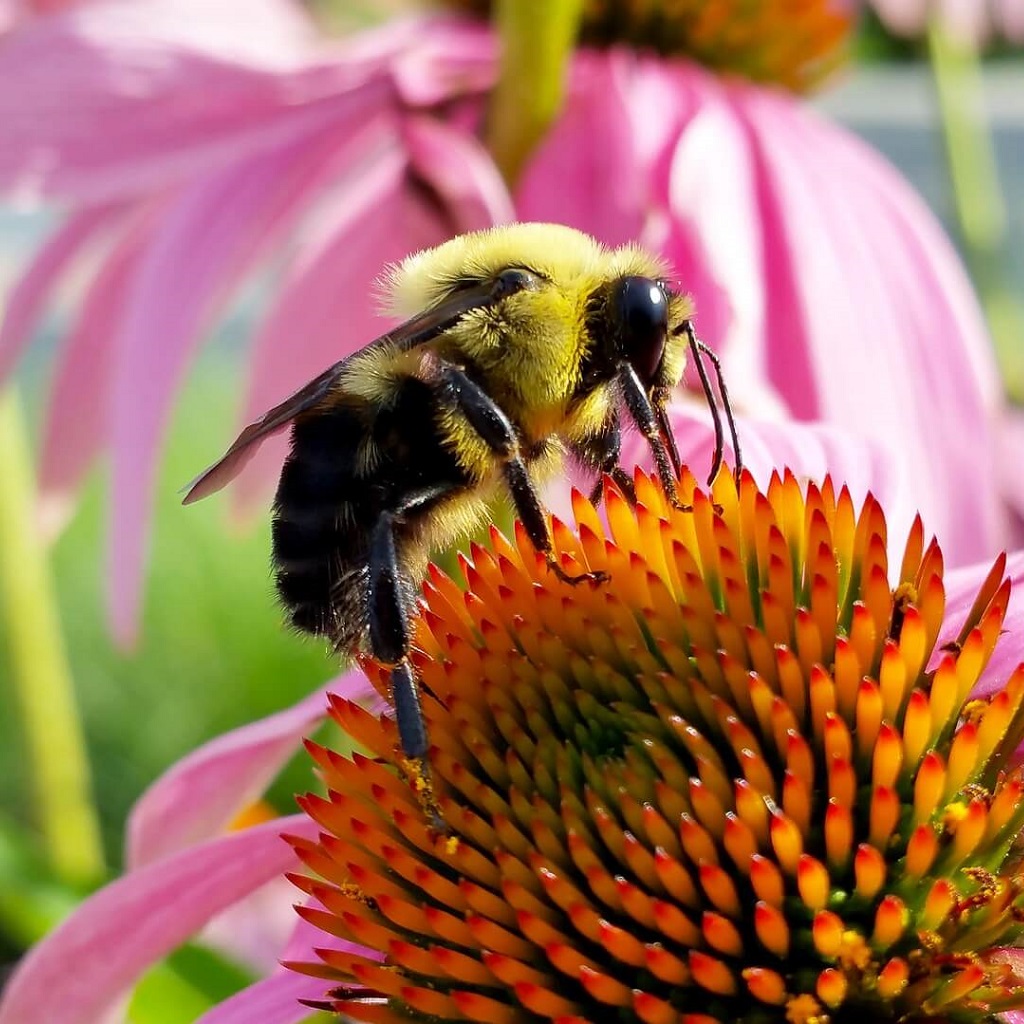Pollinators – particularly bees, butterflies, and other beneficial insects – are unsung heroes of the garden, vital for the reproduction of countless plants, including many of our fruits, vegetables, and flowers. Designing a garden that welcomes and supports these incredible creatures is a rewarding endeavor that contributes to ecological health and brings your garden to life with buzzing and fluttering activity.
The key to a pollinator-friendly garden lies in providing three essential elements: food, water, and shelter.
- Nectar and Pollen Sources (Food):
- Diversity is Key: Plant a wide variety of flowering plants with different bloom times, shapes, and colors to ensure a continuous food source from early spring to late fall.
- Native Plants: Prioritize native plants to your region. They are often best suited to local pollinators, who have co-evolved with them and are perfectly adapted to their unique flower structures and pollen types.
- Flower Shapes: Offer a range of flower shapes (e.g., tubular for hummingbirds, flat clusters for small bees, large landing pads for butterflies) to cater to different pollinator mouthparts.
- Avoid Pesticides: Do not use broad-spectrum pesticides, especially insecticides, which can harm or kill pollinators. Opt for organic pest control methods if necessary, and apply them carefully.
- “Weed” Flowers: Allow some common “weeds” like dandelions or clover to flower in undisturbed areas; they can be early and important food sources.
- Water Sources:
- Shallow Water: Provide a shallow water source, like a bird bath with stones or marbles for landing spots, or a shallow dish filled with wet sand, allowing pollinators to drink without drowning.
- Shelter and Nesting Sites:
- “Messy” Patches: Leave some areas a bit wild – a brush pile, a patch of bare soil, or hollow plant stems – for native bees to nest and beneficial insects to overwinter.
- Host Plants for Larvae: For butterflies, include host plants specific to their caterpillars (e.g., milkweed for Monarchs, dill/fennel for Swallowtails).
- Shelter from Elements: Dense shrubs or tall grasses can provide shelter from wind and rain.
- Sunlight: Most pollinator plants thrive in full sun, and pollinators are more active in sunny conditions.
By thoughtfully integrating these elements into your garden design, you create a vibrant, buzzing ecosystem that supports local biodiversity. Watching the intricate dance between plants and pollinators is one of the most fulfilling aspects of truly ecological gardening.

Leave a Reply